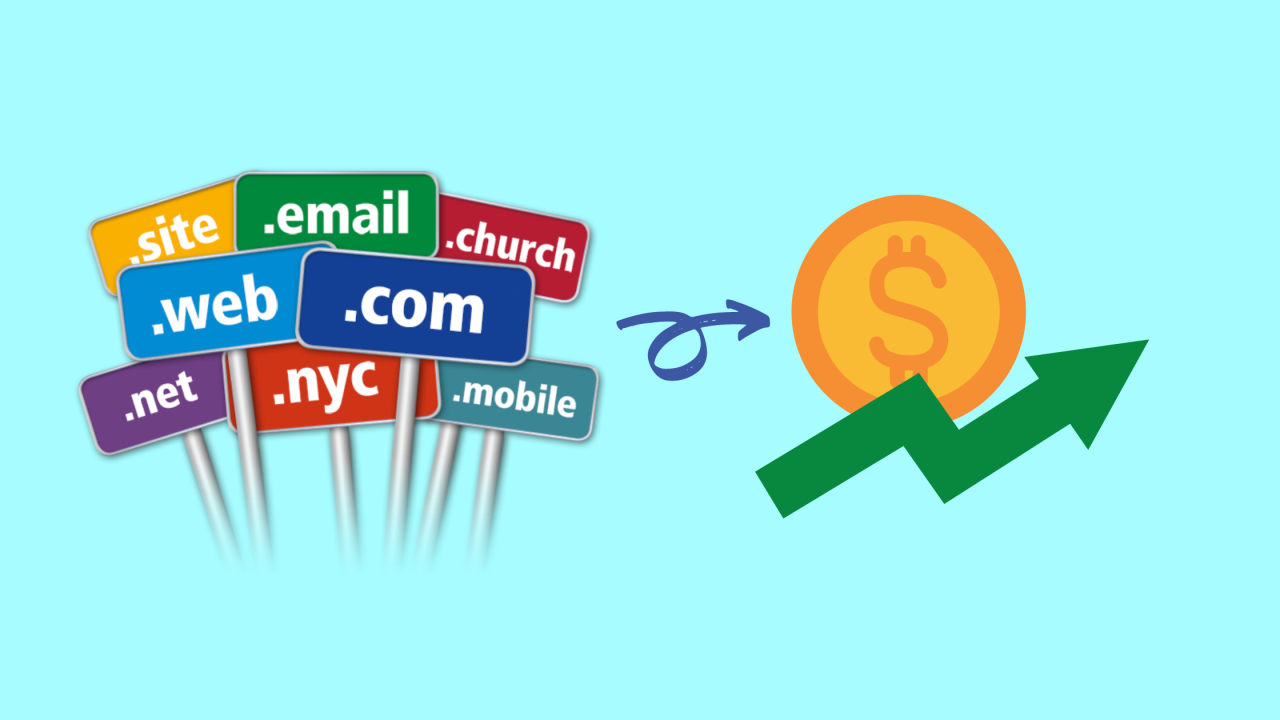Having a website is the first step to enhancing your web presence. A website is your storefront online and ensures that your clients and other internet users (who may need your services) can easily find you. Additionally, it develops your brand and helps you keep pace with your competitors. But what do you need to build and manage your business website? Read on to find out!
Table of Contents
1. A Web Hosting Service Provider
The aim of having a website is to have it visible to internet users. The web hosting provider you choose will determine how properly your website will run and function for the visitors. For it to be accessible, you’ll need a web hosting provider that’s reputable and reliable. They pride themselves on ensuring that your website enjoys 99.9% uptime so that your clients and site visitors do not experience lags.
IONOS has various packages for their web hosting and your choice ultimately depends on the number of projects you need to host. If you are hosting one website, you can consider the basic plan. In the hosting plan, IONOS offers you high-quality SSL encryption coupled with DDoS protection for enhanced safety.
2. A Domain Name
The domain name is your address online. It is the unique name that your website goes by and a huge identifier for customers. While you are free to choose whatever name you desire, you must ensure it aligns with your business needs and stays professional. Keeping it professional keeps your branding consistent and hugely impacts how you appear on search engines.
When brainstorming for domain names, ensure you include keywords that are relevant to your business. This enhances your visibility on the search engine results. For instance, if you are running a baby shop, having the name baby shop, or baby in it will push you a notch higher on the rankings.
3. Required Pages
A website is incomplete without pages. Whether it is an e-commerce or blog website, having the correct pages ensures that your clients know where to click and at what time. You may have explained so well about your products and services but if they don’t know what to do to order, you have failed as a business person.
To avoid such instances, ensure you add the required pages and call to action prompts. If you want them to buy something, you can include ‘Buy Now’, ‘Call Us to Order’, or ‘Place Your Order’. Whatever you do, create a sense of urgency professionally. For blogs, encourage the site users to sign up for your newsletters. This will come in handy in email marketing.
4. Optimised Content and a Proper Digital Marketing Plan
Search Engine Optimisation, commonly abbreviated as SEO, is the practice of restructuring your business website so that your pages can rank higher on search engine results. It will be what helps people to find you online.
For SEO to be successful, you need to consistently publish valuable content for your consumers. Don’t forget to audit and perform clean-ups so that your content is always evergreen.
Conclusion
Website design and building is never a one-day job. After choosing a domain name, and hosting provider, and adding the required pages, you must optimise your content. Don’t forget to also develop a digital marketing plan to help manage and continuously update your website as it builds tenure online.


